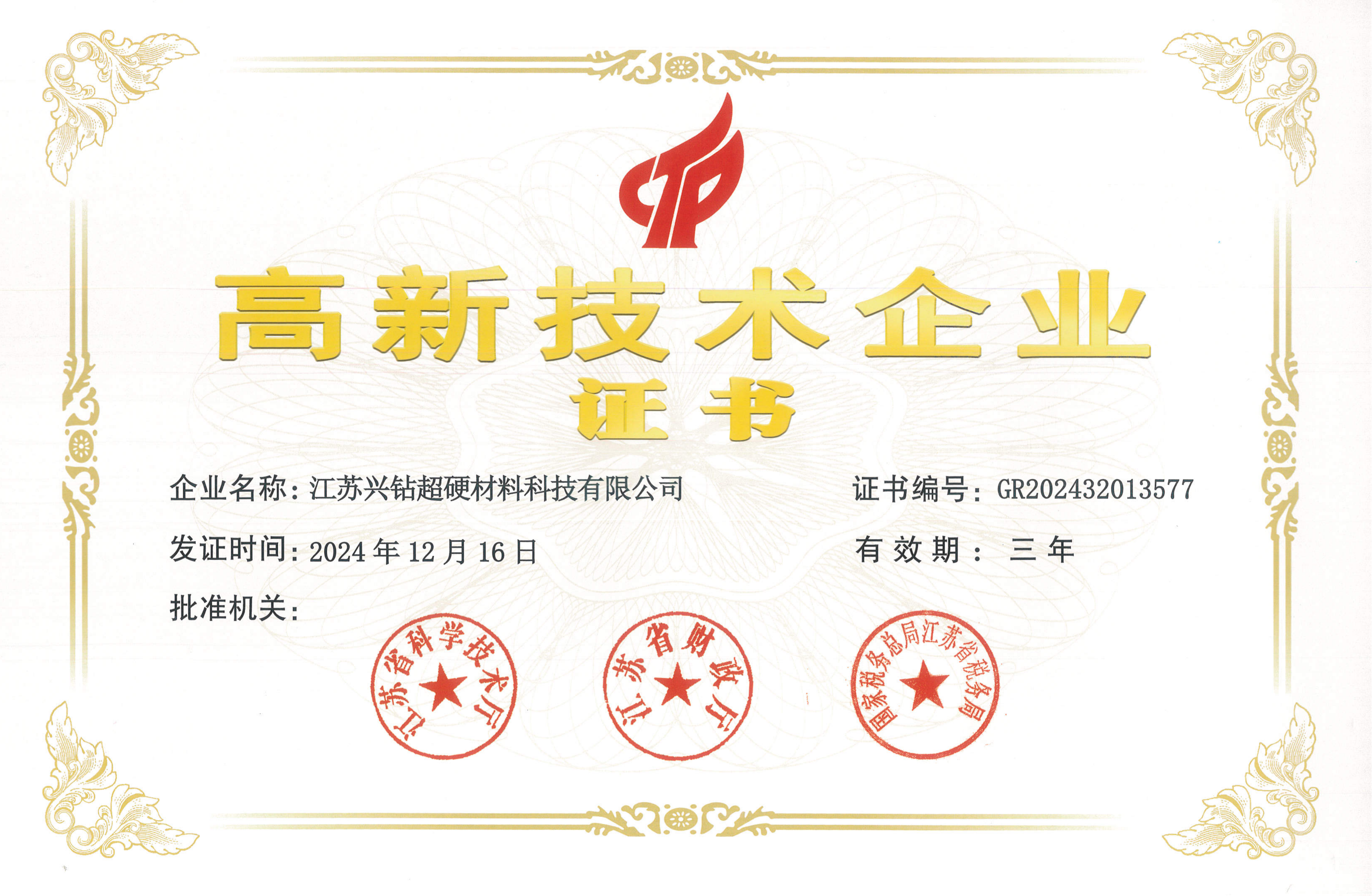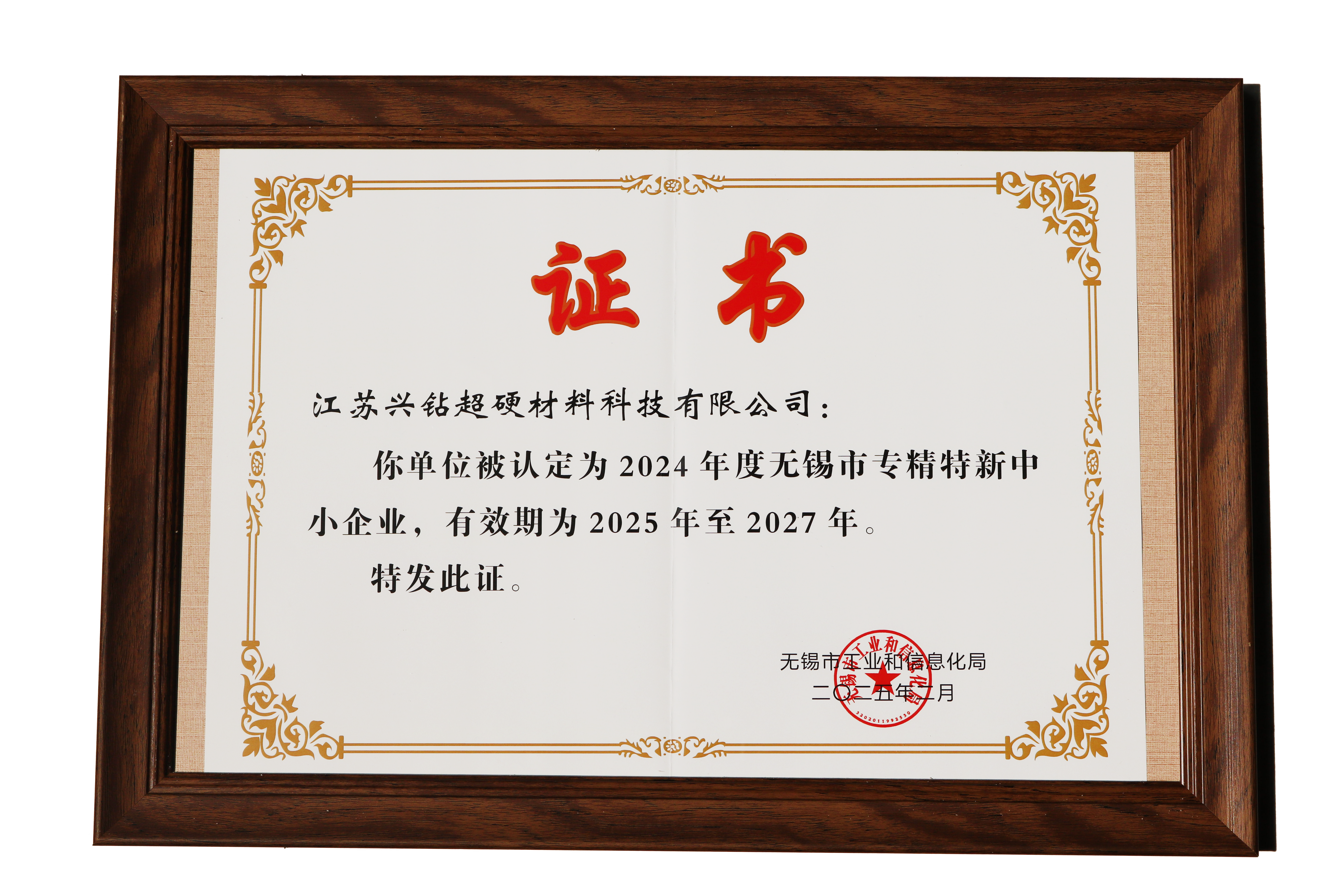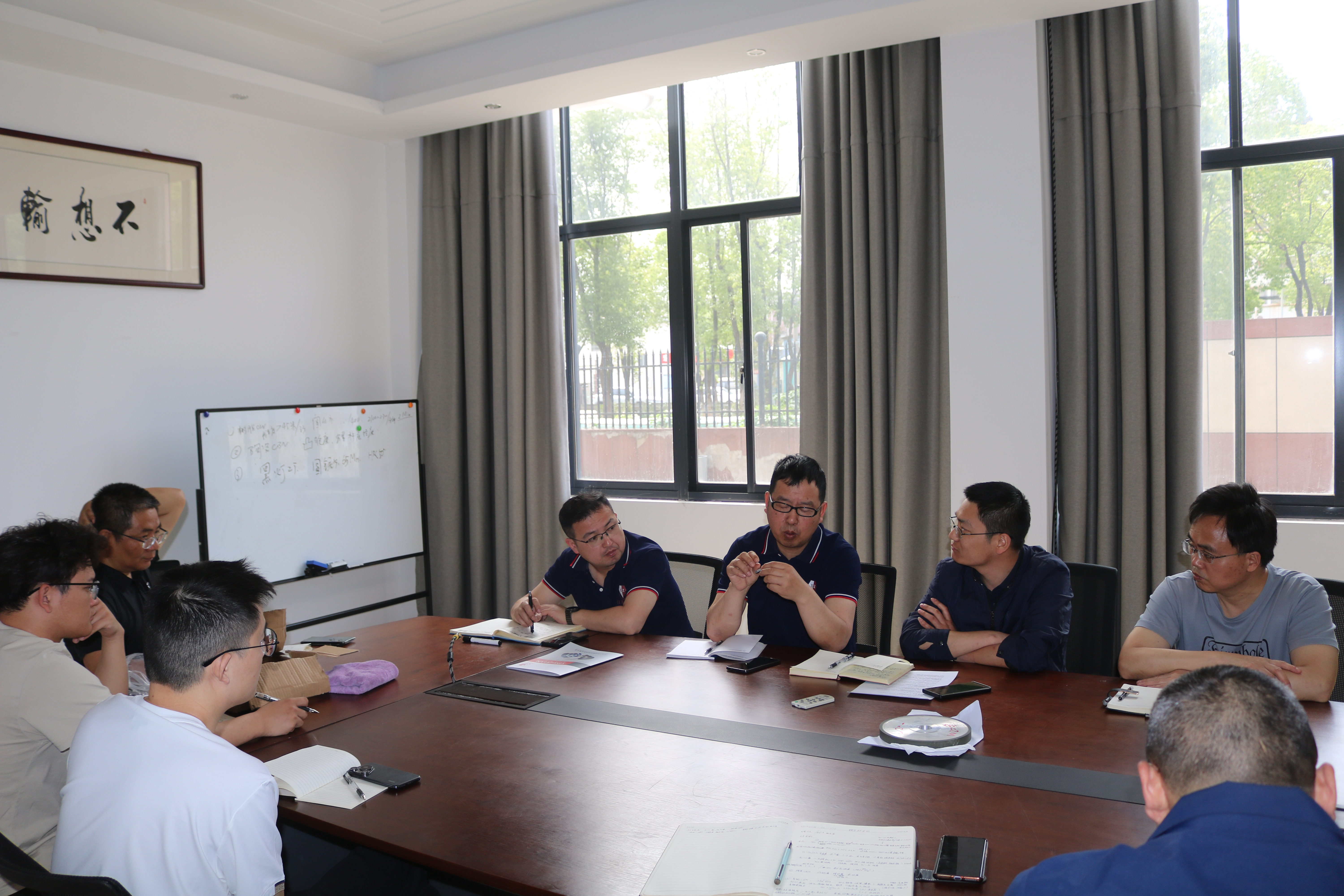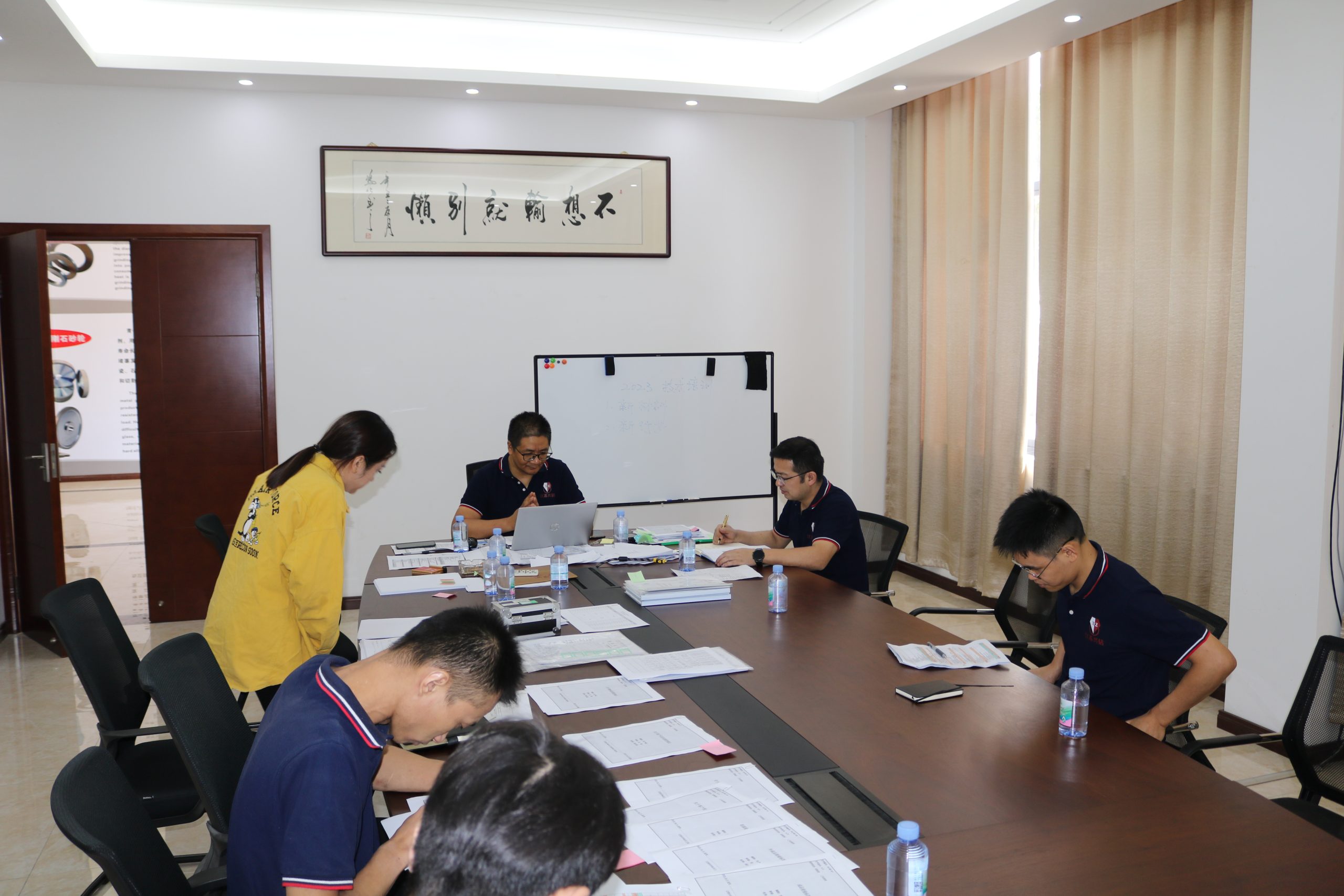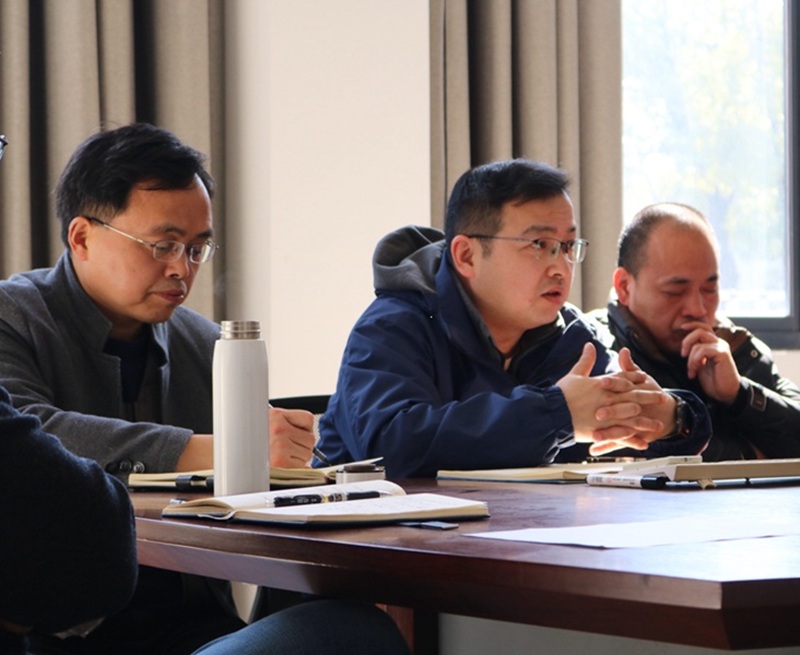Why Does My Workpiece Turn Black When Ground?
1) Excessive cutting speed and grinding force: If the cutting speed is too fast or the grinding force is too large, it is easy to cause the surface temperature of the grinding wheel to rise too quickly, intensify wear, and cause thermal softening of the workpiece material in the grinding area, resulting in plastic deformation and blackening of the surface under the combined action of grinding force and grinding heat.
2) Processing material characteristics: Processing materials that are too hard or too brittle or have a large grinding area may also increase wear on the surface of the grinding wheel, resulting in blackening.
3) Improper ratio or use of grinding fluid: An inadequate or inadequate ratio of grinding fluid or failure to enter the grinding arc zone for heat exchange in a timely and effective manner can lead to excessive cutting temperature and wear, resulting in blackening of the workpiece surface.
4) Improper selection or use of grinding wheels: Different grinding wheels suit different processing materials and conditions. If the grinding wheel's type, particle size, formula, etc. are not selected properly, it may also generate heat and cause blackening of the workpiece surface.
